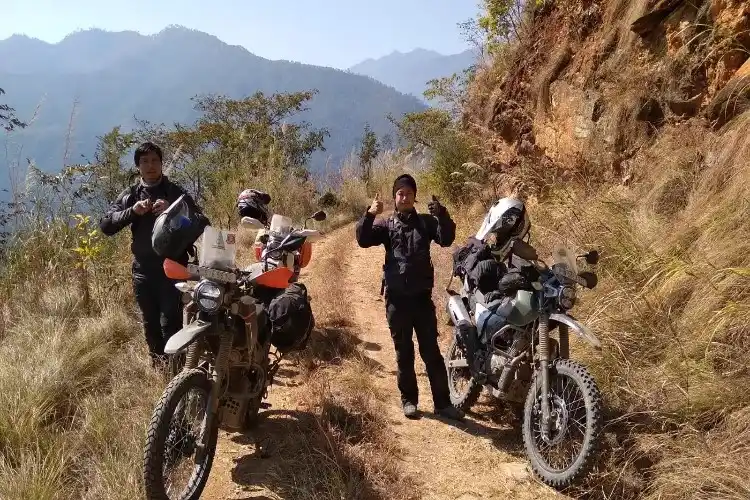
Sabir Hussain
New Delhi: Small capacity, fuel-efficient commuter motorcycles are the bread and butter for most bike manufacturers (Hero Group’s Splendour has been India’s largest selling commuter motorcycle) in India. But there is now a growing tribe of enthusiasts for adventure motorcycles and manufacturers are rolling out products to tap that niche.
So what is it that fuels an urge to ride out for an adventure on a motorcycle? There is no single explanation for that.
Sanchit Gulati, a marketing professional, has been going on rides for many years to Ladakh, Himachal Pradesh and Uttarakhand. He says he rides to break free from the monotony of corporate life. “I ride to follow a natural instinct of wanting to be wild and free which often leads to stories that are crazier than one another other.”
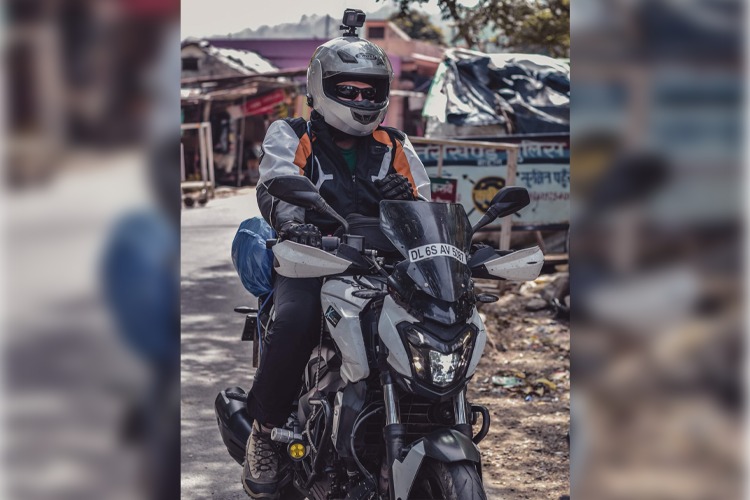
Sanchit Gulati on his Dominar 400
Shahwar Hussain turned his passion for motorcycling into a profession and launched a company called Chain Reaction to take bikers, both Indians and foreigners, on curated tours through Assam, Nagaland, Meghalaya and Arunachal.
“Leading a bunch of riders through the interiors of Northeast India gives me an unparalleled thrill. Meeting new people and discovering new places are things that drew me towards taking up motorcycle tourism as a profession,” says Shahwar.
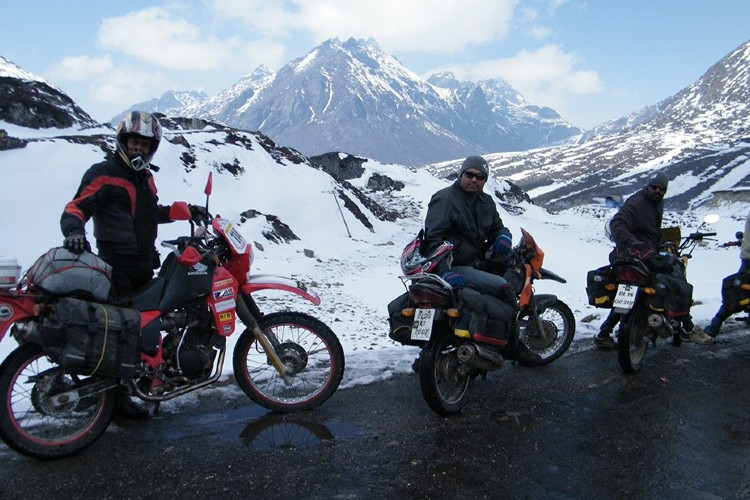
Shahwar Hussain (L) leading a group of bikers across the Sela Pass in Arunachal Pradesh
In 2016, Royal Enfield launched the Himalayan, a no-nonsense, no-frills adventure motorcycle that changed the adventure touring scene in the country. The motorcycle with a 411 cc engine that belts out 24 bhp with 32 Nm of torque has a starting price of Rs 2.48 lakh (on road in Delhi) and is the most affordable motorcycle of its kind. It does the job very well in almost all kinds of terrain and lives up to its tagline: Built for all roads. Built for no roads.
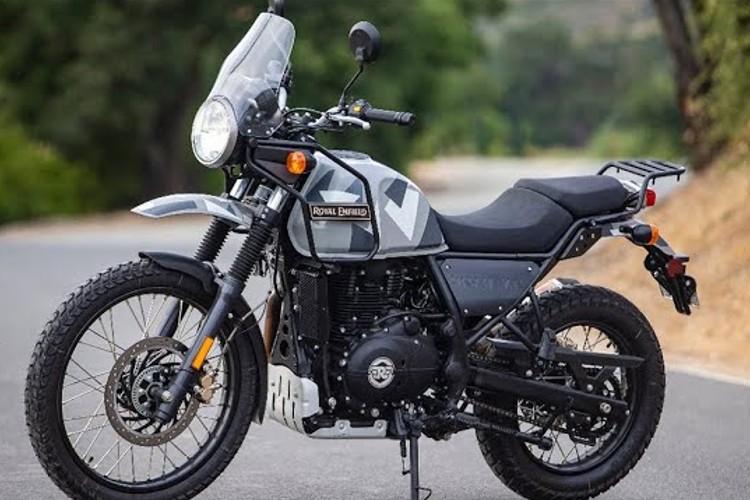
The Royal Enfield Himalayan changed the face of adventure motorcycling in India
The Hero group which ended its partnership with Honda in 2010 also launched a 150 cc dual purpose bike called Impulse in 2011 but it lasted only five years. In 2019, it launched its adventure motorcycle called Xpulse with a 200 cc engine that provides 19 bhp of power and 17.35 Nm of torque. Starting at Rs 1.44 lakh (on road price in Delhi) it is a very capable motorcycle but underpowered.
Bajaj Auto has the KTM 390 adventure motorcycle in its stable but is comparatively costlier with on road price of Rs 3.81 in Delhi. Bajaj Auto also has the Dominar 400 and Dominar 250, both very capable touring motorcycles but they have not quite set the sales charts afire.
For adventure enthusiasts, Ladakh remains the holy grail of motorcycling. Every summer scores of motorcyclists set of for the Ladakhi outback mostly through Manali. Few bravehearts ride through Kashmir to reach Ladakh which is more rewarding simply because of the historic nature of the route.
There are also adventure motorcycling circuits in the south and the Western Ghats are also huge draws of motorcycle enthusiasts. In the Northeast, adventure motorcycling across Sikkim, Assam, Arunachal Pradesh, Nagaland and Meghalaya has been picking up in recent years.
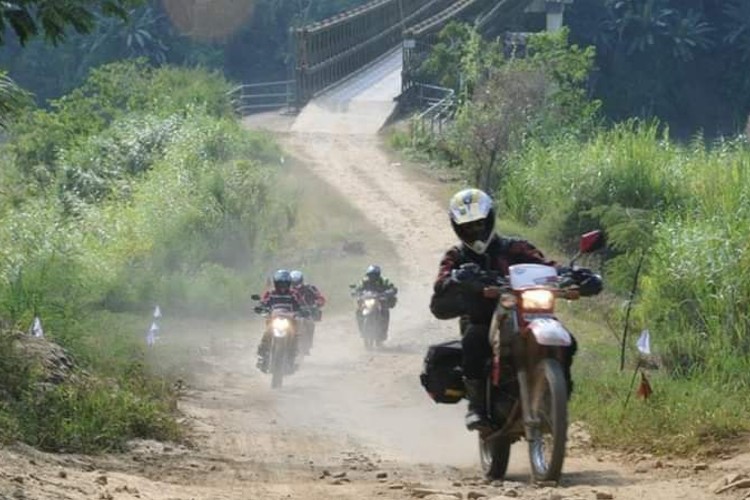
A group of bikers on the backroads of Arunachal Pradesh
Adventure motorcycling has also spawned a rental network for these bikes in many parts of the country. But the covid pandemic has thrown a spanner in the works of motorcycle rentals. Lalli Singh, who runs a rental agency in New Delhi rues the suspension of international flights.
“Most of my clients are foreigners who book the bikes for a long duration as they want to discover India on motorcycles. And unless the international flights resume soon, it will be difficult to get clients,” says Lalli Singh who rents out bikes like the Bullet 350, Bullet 500, Himalayan and Thunderbird.
Unlike foreigners, Indians do not hire motorcycles for long durations. “Indians will simply fly to Leh and hire a bike there or they will travel to Manali and rent a motorcycle to go to Ladakh,” he says.
Shahwar has been luckier because he still gets Indian clients who want to discover the Northeast. The adventure motorcycle segment is going to expand soon with Classic Legends poised to re-launch the Yezdi bike.
Most foreign adventure motorcycles are out of reach of enthusiasts. They include Triumph’s Tiger, the big daddy of adventure motorcycles and the iconic Bonneville (both above Rs 10 lakh) and Kawasaki’s middleweight adventure bike Versys 650 (Rs 7 lakh plus). The rush of foreign brands to India had also lured global heavyweight Harley-Davidson to the country in 2009 but it could not sustain itself and finally wound up in November 2020.
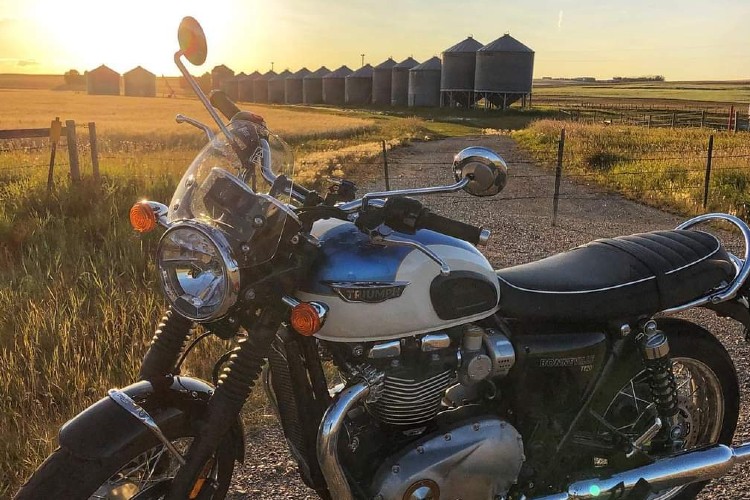
Triumph's icoinic Bonneville
Till the first half of the last century there were only a handful of motorcycles in India and none of them were made in the country. In 1955, the Indian government ordered 800 Bullet 350 cc motorcycles for the army and police forces. That year, the Redditch Company which owned the Royal Enfield brand tied up with Madras Motors in India to form 'Enfield India' to assemble these motorcycles under licence in Chennai which was then called Madras. Madras Motors held a majority stake in the company.
Enfield India soldiered on for 35 years before it began an alliance with the Eicher Group, in 1990 and in 1993, merged with it. The Eicher Group changed the name from Enfield India back to Royal Enfield much after Redditch had folded up. Over time, the Bullet has become an iconic motorcycle and in recent years the company has launched a slew of new products including the Himalayan adventure motorcycle, the 650 twins Interceptor and Continental GT, Meteor and the Classic.
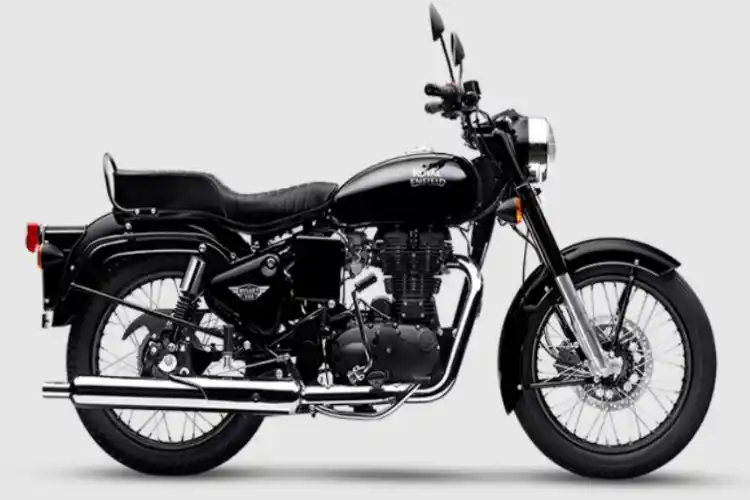
The Bullet 350 has been an eternal favourite in India.
Mysore-based Ideal Jawa (India) Ltd sold licensed Jawa motorcycles from 1960 under the brand name Jawa before the name was changed to Yezdi in 1973. Yezdi motorcycles had a tagline that said "Forever Bike, Forever Value". In its heydays, the Yezdi Roadking won several Indian rallies and road races in the country, particularly at Sholavaram in the 250cc category. The Roadking engine belted out 16 bhp while its sibling Classic had a less powerful engine with 13 bhp. Jawa and Yezdi bikes were tough and could withstand quite a lot of punishment although they were insufferably noisy.
Till the early 1980s, Indians had a limited choice for motorcycles. The Bullet, Jawa, Yezdi and Rajdoot were the four major homegrown brands one could buy in India. The Rajdoot 175 never quite set the roads on fire. The Rajdoot GTS 175, also called Bobby, was a small motorcycle that became famous after the late Rishi Kapoor rode it in the hit movie by the same name. The motorcycle had a measly power output of 7.5 bhp and never became a mass product. In recent years, the Dhoom franchise of films glamourized a range of superbikes like the Suzuki Hayabusa, Suzuki GSX-R 1000, Suzuki GSR 600 and the BMW 1300 R and BMW 1000 RR. For most Indians, these superbikes remain a fantasy because of their prohibitive prices.
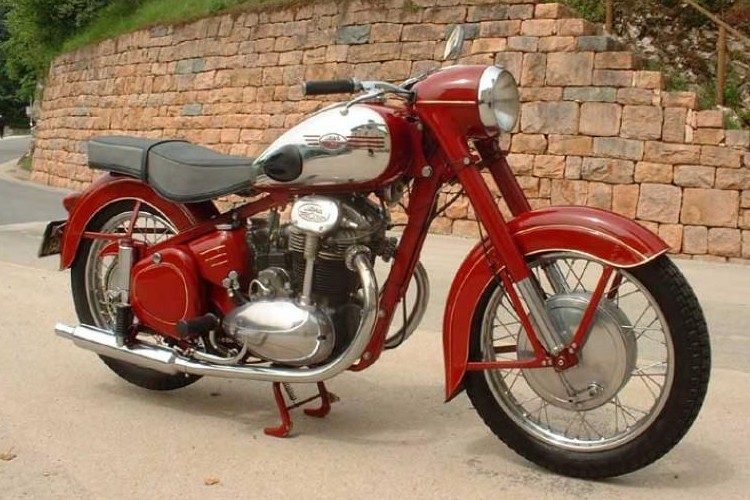
A 2-stroke Jawa motorcycle.
While the Jawa brand has been resurrected by Mahindra and three models – Jawa, 42 and Perak - have been launched recently, the 2-stroke Jawa and Yezdi motorcycles of the earlier decades have now become collectors’ items.
The motorcycle market in India began to change drastically in the mid-1980s when Yahama became the first Japanese company to tie up with Escorts to start production in the country. Honda followed suit by allying with the Munjals of the Hero group to launch the Hero Honda company while Suzuki found a partner in TVS. Kawasaki also joined the party with Bajaj Auto. With the advent of the Japanese companies, brands like Yezdi, Jawa and Rajdoot (which Escorts was producing) faded away.
By the 1990s there was a glut of Japanese motorcycles, most of them with small engines between 100cc to 150 cc capacity. The Yamaha-Rajdoot RD 350 was the only Japanese middleweight motorcycle in India that challenged the Bullet 350. But there was a difference. The Bullet 350 was a bike with a 4-stroke engine while the RD 350 had a 2-stroke engine. The RD 350 was costly for that time with a price tag of Rs 18,000 when it was launched in 1983 and by the time Yamaha pulled the plug on the bike in 1990 it cost Rs 30,000. The RD 350 was dogged by poor fuel efficiency, costly spares and safety issues as it had no disc brakes for the powerful engines that had made it the fastest motorcycle in India. Most motorcycles in those years had 2-stroke engines before pollution norms stopped their production around 2000.
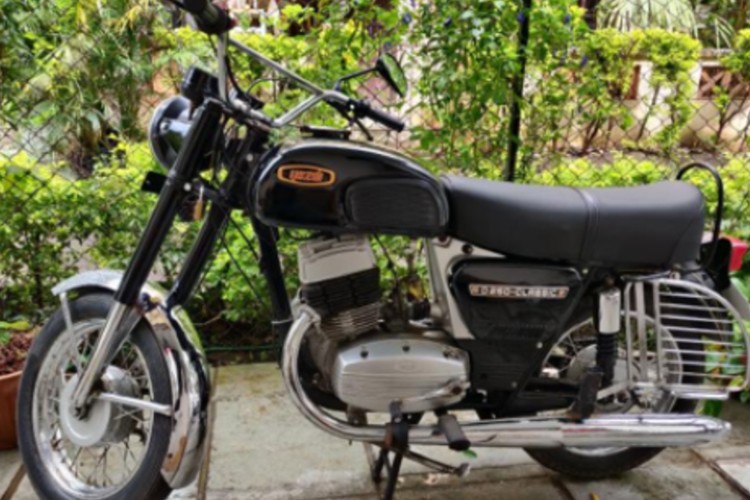
The 250 cc Yezdi Classic.
Marketing campaigns for different motorcycles also came up with catchy slogans that became legends. Hero Honda began selling its Splendour motorcycle with the tagline “Fill it. Shut it. Forget it” to underline its fuel efficiency. For the Sleek motorcycle that seemed to target the rebellious youth, Hero Honda asked “What’s life without a little passion?” Escorts-Yamaha pitched their RX 100 with the tagline “Ahead of the 100s”. Not to be left behind, Royal Enfield came up with its own counter to the Japanese onslaught to push the Bullet with a catchline “Let the boys have their toys. In a man’s world it takes a man’s bike.”
Motorcycles have come a long way in India since independence. And pandemic or not, the world of motorcycling is poised to get more exciting with manufacturers launching new products, including electric bikes, more frequently.
